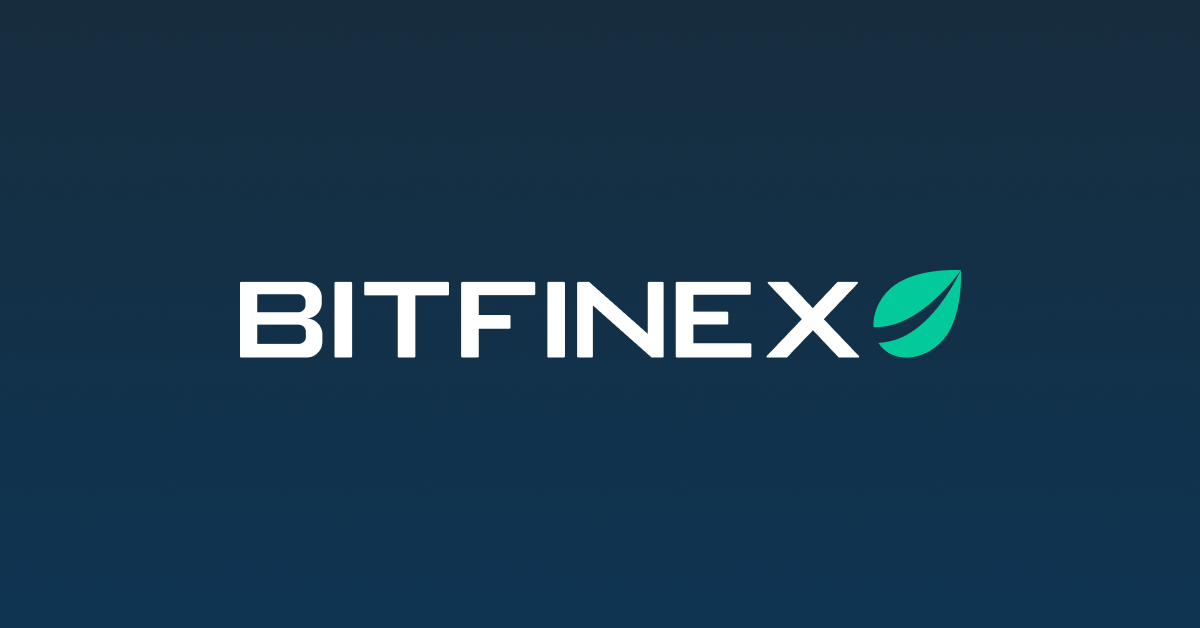Bitfinex Hack Stash Found, 94K BTC Moved

Wallets with an estimated 94,636 BTC valued at around $3.6B were unlocked and claimed after the arrest of two individuals in New York. Ilya Lichtenstein, 34 and his wife, Heather Morgan, 31, were arrested in Manhattan on Tuesday and received charges of an alleged conspiracy to launder BTC funds from the 2016 hacking of the Bitfinex exchange.
The total value of the heist at current BTC prices was estimated at $4.5B and the amount seized so far is $3.6B. Reports suggest Lichtenstein and Morgan may have used a mixer to hide and exchange some of the funds, and spent some on NFT items, including avatars from the Bored Apes collection.
Funds Seized with Weak Private Key Protection
What immediately surfaced as a curiosity for crypto traders was the revelation that Lichtenstein’s email and document accounts in the cloud contained private keys to one of the biggest known BTC hoards. The shoddy security of holding one of the biggest BTC wallets raised comments on the identity of the actual hacker and the crypto knowledge of Lichtenstein and Morgan.
The arrests arrive just days after significant movement of funds was noted to originate with a known address where the Bitfinex funds were stored from the initial exchange transaction. According to the US Department of Justice, about 25,000 BTC were laundered and the proceeds were under the control of Lichtenstein and Morgan.
The movement of funds noted on February 1, close to the amount seized by US law enforcement, was close to the amount moved and seized. It is possible the actions around the arrest were performed over a few days, as there are no new transfers of that size on the day of the arrests.
Reportedly, back in 2016, the hacker ordered a total of 2072 transactions out of Bitfinex and put 119,775 BTC in the control of Lichtenstein. Over time, the funds were moved in small portions and laundered.
Curiously, the operation of Lichtenstein and Morgan was performed from New York, one of the states with the most restrictive policy on trading cryptocurrency. In the past years, special attention was paid to coin mixers and the use of wallets that attempt to obscure the origin of funds.
The pair were also investigated for fiat-based money laundering. The seized assets are not an attempt to ban BTC usage, but are part of wider regulations for money laundering and obscuring the origin of funds.
There is still limited data on the rest of the assets, whether cryptocurrency or fiat accounts, seized from Lichtenstein and Morgan.
Will Funds be Released on the Market
The immediate reaction of crypto markets was a panic crash. BTC went down from a daily peak above $44,800 to just under $43,000 after the news. For now, there is no knowing what would happen to the coins. Some consider them a part of the locked or frozen coins that will not enter the market.
The Bitfinex traders affected by the hack were compensated over the years, especially after the rapid appreciation of BTC. Bitfinex diminished its importance for traders and decreased its activity in the USA. The exchange has always sought ways to regain access to the funds, which were visible for blockchain explorers.
Now, the question remains whether the tainted coins could be removed from their black list.
Bitfinex Still Offers Reward Schedule for Returning the Coins
In 2020, Bitfinex announced it would set aside a significant reward for returning the coins. In 2020, the reward amounted to $400M, or 30% of the heist sum. At current prices, the reward would be around $1B, with no actual knowledge on who would get the coins. Bitfinex offered 5% for information on the hacker and 25% of the sum to the hacker for returning the funds.
Until today, the reward has not been claimed, and the holder of the funds is actually the FBI. The coins were moved to a new wallet and are controlled as part of the investigation.
Is the Bitfinex Stash Discovery Bullish for BTC
Despite the immediate price drop, for some, the potential to return most of the Bitfinex funds is bullish in the medium term, at least in the opinion of BTC investor Mike Novogratz.
The ability to move BTC and track most transactions also shows the blockchain is highly transparent and not the chief source of money laundering transactions. In the past weeks, there have been calls for signing transactions with real identities in a way to use BTC transparently for the purposes of reporting fund origins. BTC with no history are also in demand and are closely held by miners and often sold at a premium.

Uphold makes buying crypto with popular currencies like USD, EUR and GBP very simple with its convenient options to swap between crypto, fiat, equities, and precious metals.

With over 50 coins and an obsession with security, Kraken is one of the safest places to buy and trade crypto.

Kraken has a good reputation for security and protection of your funds and operates across the USA (except NY), Canada, the EU and Japan

Based in Charleston, South Carolina. Serves over 184 countries and has done over $4 billion in transactions. Offers convenient options to swap between crypto, fiat, equities, and precious metals.

Celebrities on social media can have huge followings creating enormous power to influence their followers. We look at who are the most influential and some of the potential risks of following their advice

What are the most common scam coins and how much have they got away with in the past, plus some tips on how to avoid these scam coins.

An early alternative to Bitcoin, LTC aimed to be a coin for easy, fast, low-fee spending. LTC offers a faster block time and a higher transaction capacity in comparison to Bitcoin.

IOTA is a feeless crypto using a DAG rather than a blockchain. It aims to be the currency of the Internet of things and a machine economy.